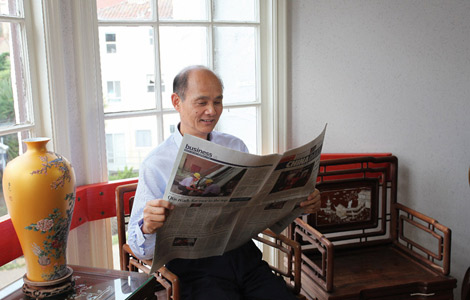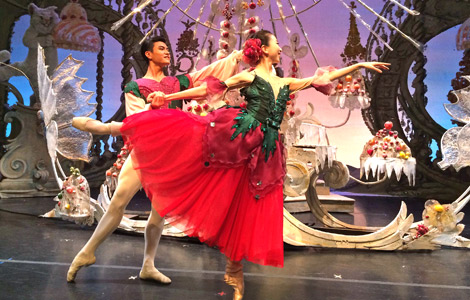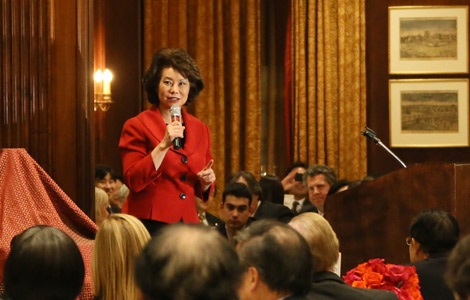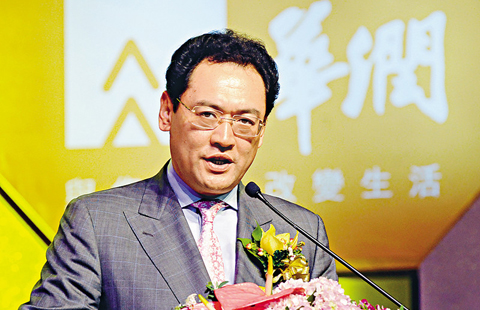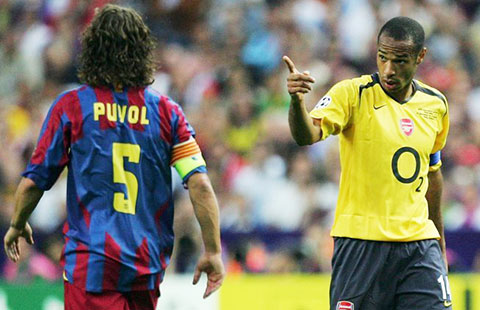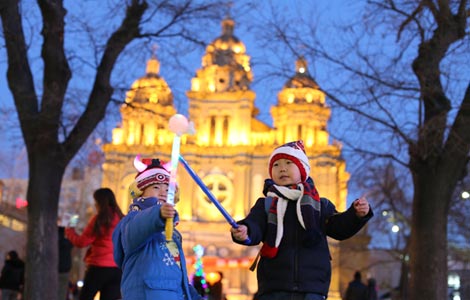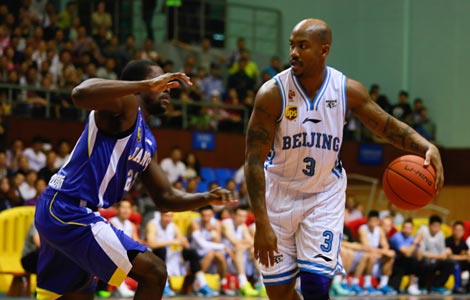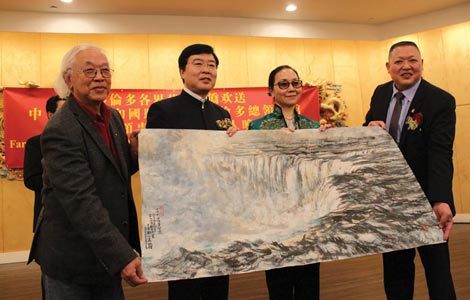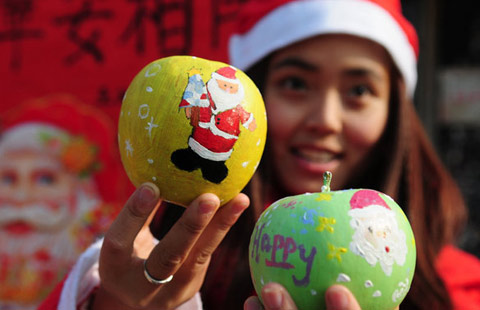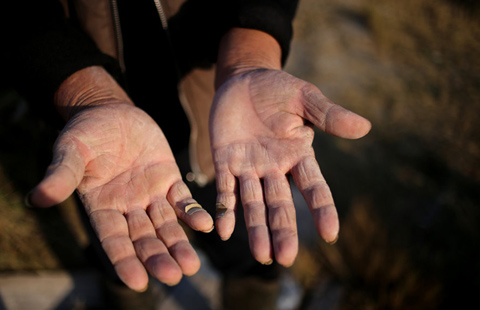Getting to know emperors through their stuff
Updated: 2014-12-12 01:09
By CHRISTOPHER DAVIS from New York(China Daily USA)
|
||||||||
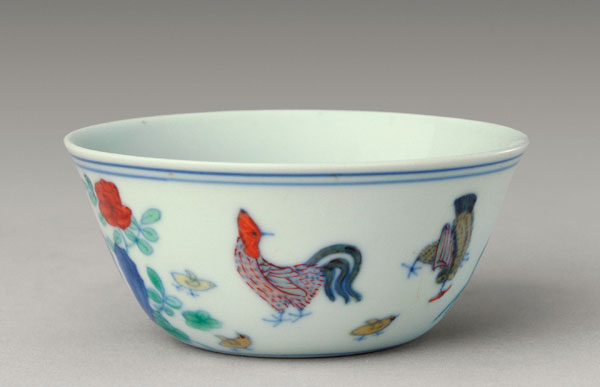 |
|
A Ming Dynasty Chicken Cup, one of which sold at auction in Hong Kong in April for $36.3 million. [Photo courtesy of the Palace museum, Beijing] |
Priceless tea cup
Hands down the most expensive object in the show is a small delicate porcelain tea cup decorated with a brightly colored and whimsical rooster, hen and three chicks. It was made in the imperial kilns at Jingdezhen in the late 15th century exclusively for the court of Emperor Checghua, whose dowager empress mother was particularly fond of small utensils - and chickens.
The three-inch cup is one of fewer than a dozen of its kind in museums around the world and one of only two left in the Forbidden City collection. Last April, one of the chicken cups at an auction at Sotheby's in Hong Kong for $36.3 million.
The exhibit also shows that as collectors, the emperors were global. Among the objects on loan from the Forbidden City Palace Museum is a set of optometry equipment made in Tokyo. There was no documentation accompanying it, so Brook put on his sleuthing hat.
"I put two and two together and that was to come up with Puyi, the last emperor," Brook said. He knew that Puyi, as a child was severely short-sighted, a condition discovered by his English tutor, Reginald Johnston, who sent for American and Chinese ophthalmologists.
The dowager consort then ruling over the court in its final days decreed that no foreign doctor could be trusted with anything so precious as the imperial eyes and that the wearing of spectacles by an emperor was something that was just not done.
Nevertheless, the empire fell and on November 8, 1921, at the age of 16, "Henry" Puyi, the last emperor of China, got his eyeglasses and liked them so much he rarely took them off. The celebrated incident has been immortalized in Johnston's memoir Twilight in the Forbidden City, as well as the Hollywood film The Last Emperor, clips of which are played at the exhibit at the Vancouver Art Gallery.
The exhibit ends with the Jar with Ten-Thousand Shou Characters,a three-foot-high ceramic urn made for Emperor Kangxi on his 60th birthday in 1713. It is porcelain white with a cobalt-blue underglaze and written on it, in 975 different calligraphic styles, is the character shou, meaning "longevity", written 10,000 times, impeccably inscribed, smaller on the neck of the vase and then expanding on the shoulders.
Ten thousand was the highest number at the time in China, Augaitis explained, "So to have 10,000 wishes of 1,000 different versions of longevity was like longevity cubed," she said, "you could not have a better, more auspicious wish of longevity than you had on this ceramic vase."
Contact the writer at chrisdavis@chinadailyusa.com
Most Viewed
Editor's Picks
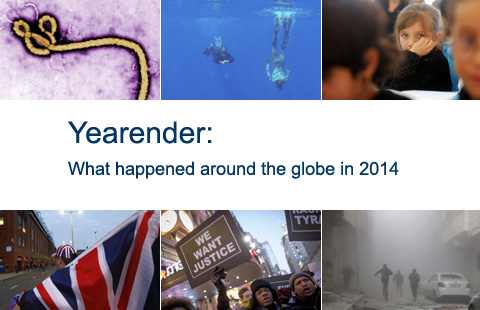
|

|
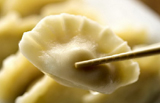
|
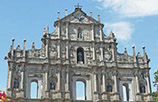
|
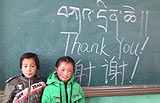
|
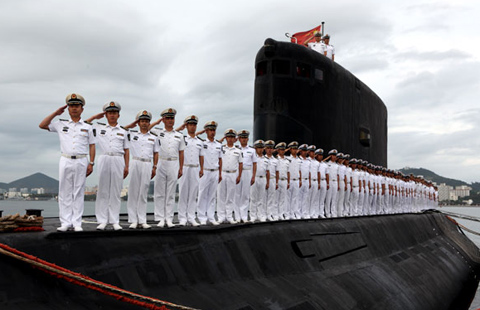
|
Today's Top News
Don't ignore own culture for Xmas, schools tell students
Christmas a day for Chinese food in US
China urged to tap Canada's talent
Research center honors late translator
Chinese dancer joins Nutcracker
Beauty firm's business not pretty in China
Reform set for GDP calculation
'Anti-graft' fight is hottest online topic
US Weekly

|

|
